Home>Gardening & Outdoor>Landscaping Ideas>What Kills Torpedo Grass
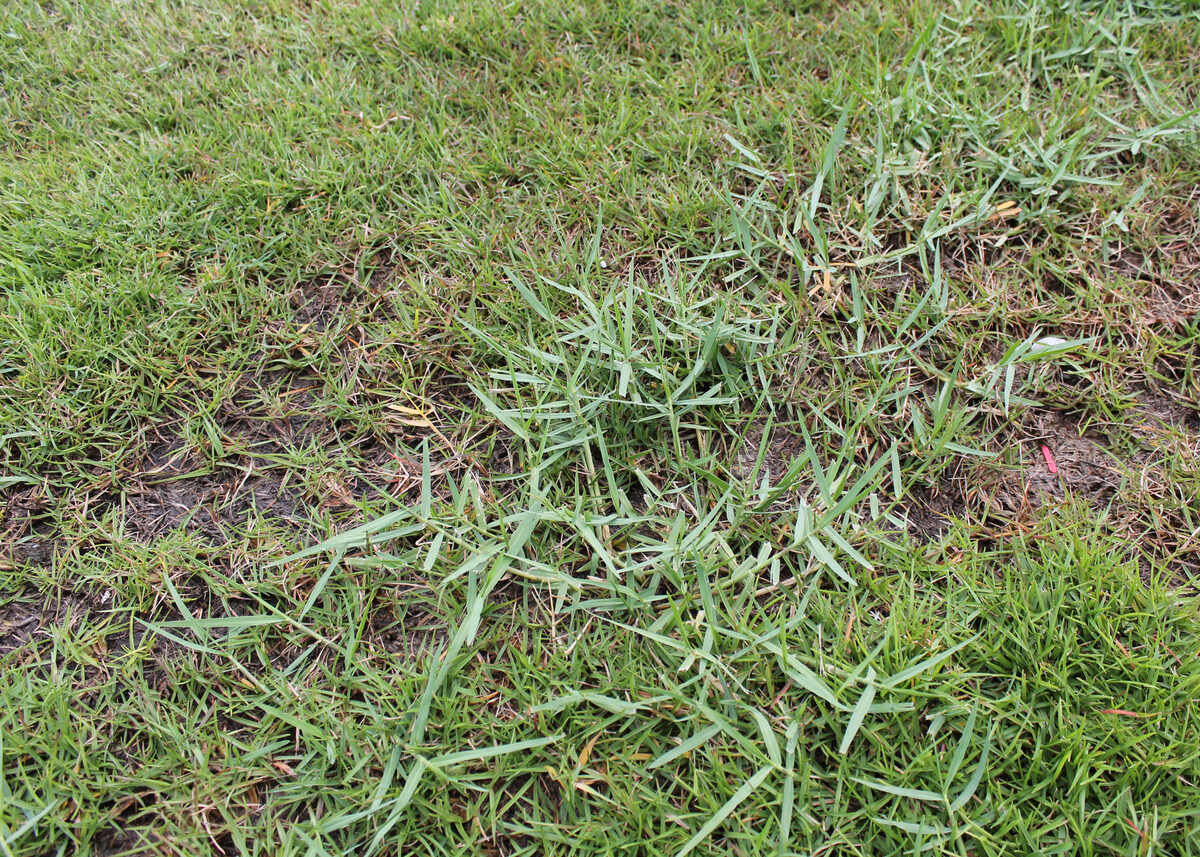

Landscaping Ideas
What Kills Torpedo Grass
Modified: February 18, 2024
Discover effective landscaping ideas to eliminate torpedo grass and enhance the beauty of your outdoor space. Learn what kills torpedo grass and how to reclaim your lawn.
(Many of the links in this article redirect to a specific reviewed product. Your purchase of these products through affiliate links helps to generate commission for Storables.com, at no extra cost. Learn more)
**
Introduction
**
When it comes to maintaining a lush and vibrant landscape, dealing with invasive plant species can be a challenging endeavor. One such formidable foe that often wreaks havoc in lawns, gardens, and agricultural fields is the notorious torpedo grass. This resilient and aggressive perennial grass, scientifically known as Panicum repens, has a notorious reputation for outcompeting desirable plants and taking over large areas with its extensive rhizomatous root system.
In the following comprehensive guide, we will delve into the various aspects of torpedo grass, exploring its characteristics, environmental factors that contribute to its proliferation, and the most effective control methods. Whether you're a homeowner, a landscaper, or a gardening enthusiast, understanding how to combat torpedo grass is essential for preserving the beauty and health of your outdoor spaces. So, let's embark on this journey to uncover the secrets of managing and ultimately conquering the relentless invader – torpedo grass.
**
Key Takeaways:
- Torpedo grass is a tough invader that loves moist soil and warm climates. To fight it, we can use chemicals, machines, and even bugs to restore our landscapes.
- By understanding torpedo grass and using targeted methods like herbicides and soil disruption, we can beat this relentless invader and bring back the beauty of our outdoor spaces.
Read more: How To Kill Torpedo Grass In Florida
Understanding Torpedo Grass
**
To effectively combat torpedo grass, it’s crucial to first grasp its distinctive characteristics and growth habits. Torpedo grass, scientifically known as Panicum repens, is a perennial grass species that thrives in warm climates and moist soil conditions. Recognized by its long, narrow leaves and extensive network of underground rhizomes, this aggressive plant spreads rapidly, forming dense mats that smother surrounding vegetation.
One of the most formidable traits of torpedo grass is its remarkable ability to adapt to various environmental conditions, including both wet and dry soils. This adaptability, coupled with its aggressive growth, enables torpedo grass to establish a strong foothold in diverse habitats, from marshy areas to well-drained lawns.
Furthermore, the extensive rhizomatous root system of torpedo grass allows it to propagate rapidly, making traditional control methods challenging. Even when the visible foliage is removed, the resilient rhizomes can persist underground, ready to sprout anew and continue their relentless expansion.
Given its tenacious nature and rapid spread, torpedo grass poses a serious threat to the biodiversity and aesthetic appeal of landscapes, making it a formidable adversary for homeowners, landscapers, and agricultural professionals alike.
By gaining a deeper understanding of the growth patterns and adaptability of torpedo grass, we can better equip ourselves to combat and ultimately eradicate this invasive species. In the subsequent sections, we will explore the environmental factors that contribute to its proliferation and the most effective control methods, providing valuable insights for managing and mitigating the impact of torpedo grass.
**
Environmental Factors
**
The proliferation of torpedo grass is influenced by a myriad of environmental factors, each contributing to its robust growth and spread. Understanding these factors is crucial for devising effective strategies to curtail its expansion and minimize its impact on landscapes and ecosystems.
One of the key environmental factors conducive to the growth of torpedo grass is the availability of moisture. This resilient plant thrives in moist to wet soil conditions, making it particularly troublesome in areas with poor drainage or periodic flooding. Its adaptability to both waterlogged and well-drained soils enables torpedo grass to colonize a wide range of habitats, from riverbanks and ditches to lawns and gardens.
Moreover, the warm and temperate climate favored by torpedo grass contributes to its rapid proliferation. In regions with extended growing seasons and mild winters, this invasive grass can establish itself more aggressively, outcompeting native vegetation and disrupting the ecological balance.
Another significant environmental factor that fuels the spread of torpedo grass is the absence of natural predators and competitors in non-native habitats. Without the natural checks and balances present in its native range, torpedo grass can proliferate unchecked, monopolizing resources and displacing indigenous plant species.
Furthermore, disturbed or degraded landscapes provide favorable conditions for torpedo grass to thrive. Human activities such as construction, land clearing, and soil disturbance create opportunities for this resilient plant to colonize bare ground rapidly, impeding the restoration of native vegetation and hindering ecological recovery.
By recognizing the environmental factors that contribute to the proliferation of torpedo grass, we can implement targeted management approaches to mitigate its impact. In the subsequent sections, we will explore the most effective control methods, encompassing chemical, mechanical, and biological strategies to combat and suppress the relentless advance of torpedo grass.
**
Chemical Control
**
When confronting the relentless encroachment of torpedo grass, chemical control methods can be a valuable tool in suppressing its growth and reclaiming invaded areas. Herbicides tailored to target the resilient nature of torpedo grass can provide effective control when applied judiciously and in accordance with recommended guidelines.
Selective herbicides formulated specifically for controlling grassy weeds, such as torpedo grass, offer a targeted approach to combatting this invasive species while minimizing harm to desirable plants. These herbicides are designed to selectively eliminate grassy intruders while preserving broadleaf vegetation, making them well-suited for managing torpedo grass infestations in lawns, ornamental beds, and agricultural fields.
Systemic herbicides, which are absorbed by the foliage and transported throughout the plant, can be particularly effective in combating torpedo grass. By translocating within the plant, these herbicides can reach and eradicate the extensive rhizomatous root system of torpedo grass, delivering comprehensive control and preventing regrowth.
Pre-emergent herbicides, applied before the germination of torpedo grass seeds, can impede the establishment of new plants, disrupting the reproductive cycle and reducing the spread of this invasive species. Additionally, post-emergent herbicides can target actively growing torpedo grass, inhibiting its growth and curbing its expansion in treated areas.
It is essential to adhere to the recommended application rates and timing specified on herbicide labels to ensure optimal efficacy while minimizing potential impacts on non-target organisms and the environment. Additionally, employing integrated pest management (IPM) principles, which emphasize a multifaceted approach to pest control, can enhance the effectiveness of chemical interventions while promoting ecological balance.
Before initiating any chemical control measures, it is advisable to consult with local agricultural extension services or certified professionals to determine the most suitable herbicide options and application strategies based on the specific characteristics of the infested site and the surrounding ecosystem.
By integrating targeted herbicide applications with other control methods, such as mechanical and biological approaches, a comprehensive and sustainable management plan can be devised to combat torpedo grass and restore the ecological integrity of affected landscapes.
**
To kill torpedo grass, use a non-selective herbicide containing glyphosate. Apply the herbicide directly to the grass, making sure to follow the manufacturer’s instructions for best results.
Mechanical Control
**
When grappling with the tenacious encroachment of torpedo grass, employing mechanical control methods can offer an effective means of managing and suppressing its proliferation. By utilizing physical techniques to disrupt the growth and spread of this invasive grass, homeowners, landscapers, and agricultural professionals can reclaim invaded areas and restore the health and aesthetics of their outdoor spaces.
One of the fundamental mechanical control methods for torpedo grass involves regular mowing or cutting of the foliage. By consistently trimming the aboveground growth of the invasive grass, the vigor and spread of torpedo grass can be curtailed, preventing it from overshadowing desirable plants and encroaching into cultivated areas.
Furthermore, cultivating the soil to remove the extensive rhizomatous root system of torpedo grass can be an effective strategy for impeding its expansion. Tilling the soil to a sufficient depth can disrupt the interconnected network of rhizomes, reducing the plant’s ability to propagate and regrow, thus facilitating the eradication of this persistent invader.
In areas where torpedo grass has formed dense mats and smothered desirable vegetation, manual removal can be employed to clear the infested site and create opportunities for the reestablishment of native plants. By physically uprooting the invasive grass and its rhizomes, the ecological balance can be restored, paving the way for the recovery of the affected landscape.
For larger-scale infestations, the use of specialized equipment, such as sod cutters or power tillers, can expedite the process of removing torpedo grass from extensive areas. These mechanical implements can streamline the task of clearing invaded sites, facilitating the restoration of landscapes and agricultural fields impacted by the invasive grass.
It is important to note that mechanical control methods should be implemented judiciously to minimize soil disturbance and mitigate potential impacts on beneficial organisms and native vegetation. Integrating mechanical approaches with other control methods, such as chemical and biological interventions, can enhance the overall effectiveness of torpedo grass management while promoting sustainable and ecologically sound practices.
By harnessing the power of mechanical control techniques in conjunction with other management strategies, the relentless advance of torpedo grass can be subdued, allowing for the rejuvenation of landscapes and the preservation of biodiversity.
**
Biological Control
**
Amid the persistent challenge posed by torpedo grass, biological control methods offer a sustainable and ecologically sound approach to managing the proliferation of this invasive species. By harnessing the natural mechanisms of predation and competition, homeowners, landscapers, and agricultural professionals can mitigate the impact of torpedo grass and restore the balance of affected ecosystems.
One of the key biological control strategies for torpedo grass involves the introduction of specialized herbivores or pathogens that target this invasive plant. By identifying and deploying natural enemies of torpedo grass, such as insect herbivores or fungal pathogens, it is possible to suppress its growth and limit its spread, thereby alleviating its impact on native vegetation.
In the realm of biological control, the utilization of herbivorous insects that feed specifically on torpedo grass can provide an effective means of reducing its vigor and impeding its expansion. These natural adversaries, when introduced in the infested area, can exert selective pressure on the invasive grass, contributing to its suppression and promoting the recovery of native plant communities.
Furthermore, the application of pathogenic organisms, such as fungi or bacteria that target torpedo grass, can offer a sustainable and targeted approach to managing its proliferation. By leveraging the natural antagonistic interactions between pathogens and the invasive plant, the spread of torpedo grass can be curtailed, leading to a gradual restoration of the affected landscape.
It is essential to exercise caution and adhere to established guidelines when implementing biological control measures to ensure that non-target organisms and beneficial plants are not adversely affected. Thorough risk assessments and ecological evaluations should precede the introduction of biological control agents to minimize unintended consequences and safeguard the ecological integrity of the surrounding environment.
By integrating biological control methods with other management strategies, such as chemical and mechanical interventions, a holistic and sustainable approach to torpedo grass management can be realized. This multifaceted strategy not only mitigates the impact of the invasive grass but also fosters the recovery of native ecosystems, promoting ecological resilience and biodiversity.
By harnessing the power of biological control techniques in conjunction with other management strategies, the relentless advance of torpedo grass can be subdued, allowing for the rejuvenation of landscapes and the preservation of biodiversity.
**
Conclusion
**
As we conclude our exploration of torpedo grass and its management, it is evident that this invasive species presents a formidable challenge to those seeking to maintain healthy and diverse landscapes. With its resilient rhizomatous root system and rapid spread, torpedo grass can jeopardize the ecological balance of natural habitats, as well as the aesthetic appeal of lawns, gardens, and agricultural fields.
However, armed with a comprehensive understanding of the characteristics and growth habits of torpedo grass, as well as the various control methods at our disposal, we are well-equipped to confront this relentless invader and reclaim our outdoor spaces.
By recognizing the environmental factors that contribute to the proliferation of torpedo grass, we can implement targeted management approaches to mitigate its impact. Chemical control methods, encompassing selective herbicides and integrated pest management principles, offer effective and targeted strategies for suppressing the growth of torpedo grass while minimizing harm to desirable plants and the environment.
Mechanical control techniques, such as regular mowing, soil cultivation, and manual removal, provide valuable means of disrupting the growth and spread of torpedo grass, facilitating the restoration of invaded areas and the recovery of native vegetation.
Furthermore, biological control methods, leveraging the natural mechanisms of predation and competition, offer sustainable and ecologically sound approaches to managing the proliferation of torpedo grass. By harnessing the power of herbivorous insects and pathogenic organisms, we can curtail the spread of this invasive species and promote the resilience of native ecosystems.
By integrating these control methods into a multifaceted and sustainable management plan, we can effectively combat torpedo grass and restore the ecological integrity of affected landscapes. It is essential to approach torpedo grass management with a holistic perspective, considering the ecological implications of control measures and striving to achieve a balance between eradication efforts and the preservation of biodiversity.
Ultimately, by combining our knowledge, resources, and dedication, we can triumph over the relentless advance of torpedo grass, preserving the beauty and vitality of our outdoor environments for generations to come.
Frequently Asked Questions about What Kills Torpedo Grass
Was this page helpful?
At Storables.com, we guarantee accurate and reliable information. Our content, validated by Expert Board Contributors, is crafted following stringent Editorial Policies. We're committed to providing you with well-researched, expert-backed insights for all your informational needs.
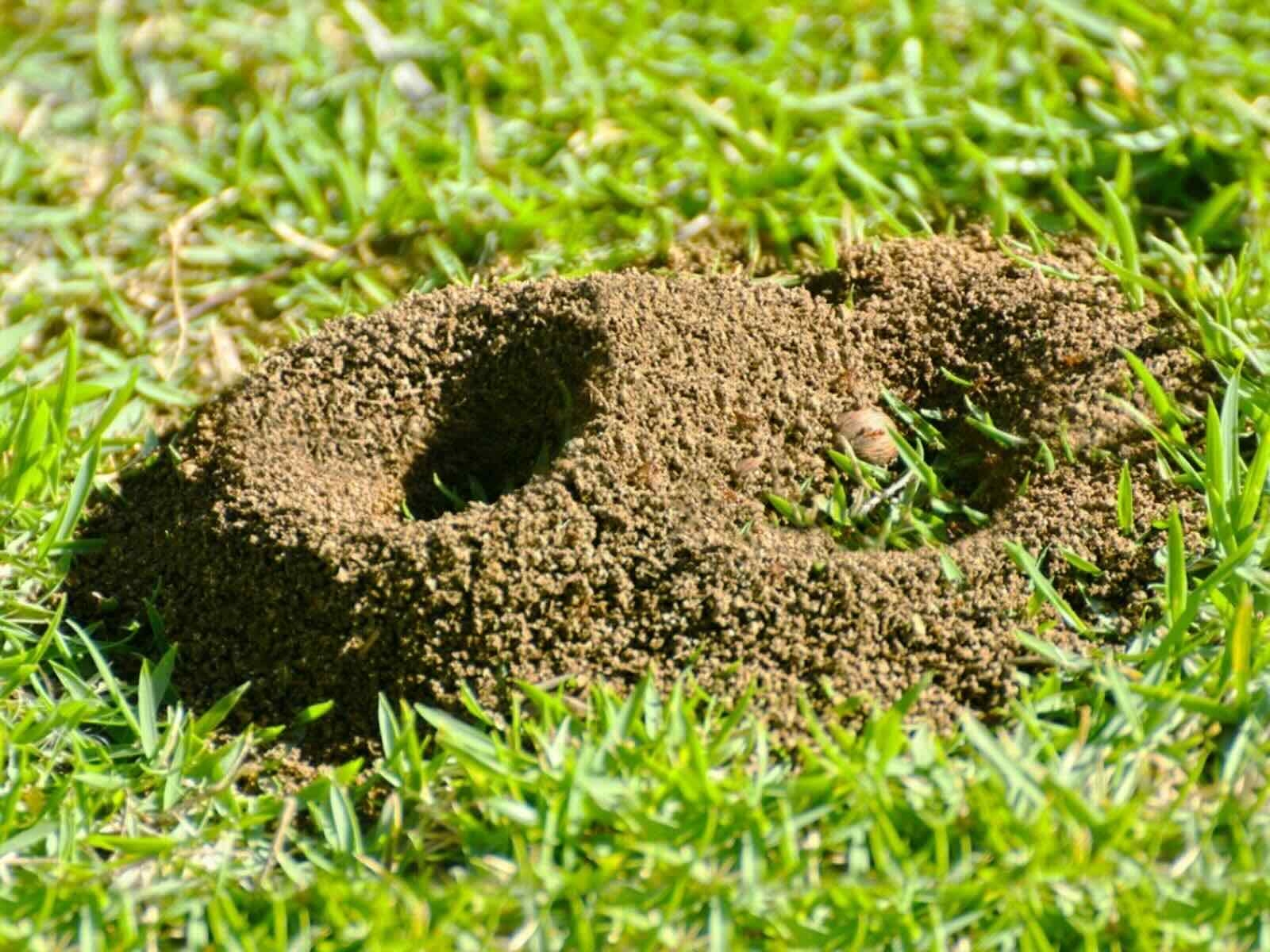
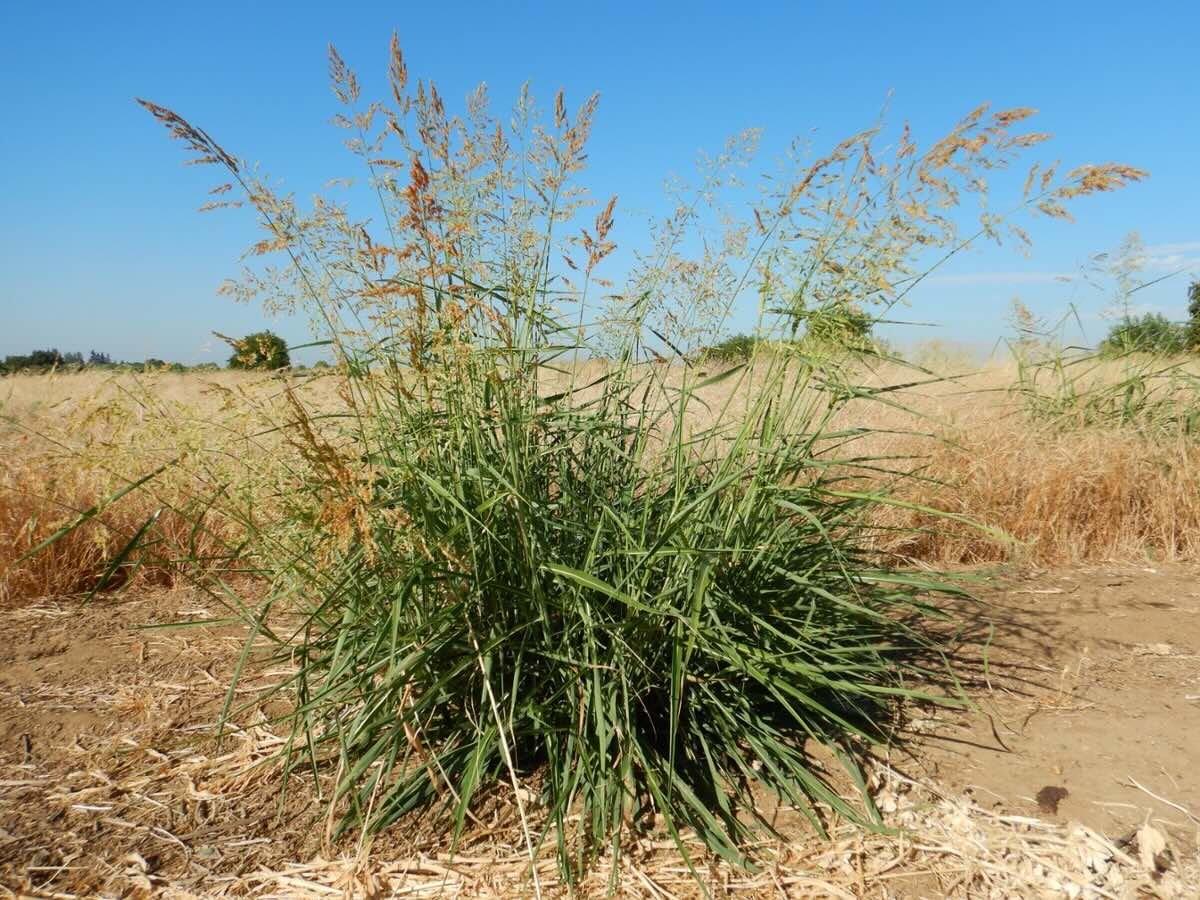
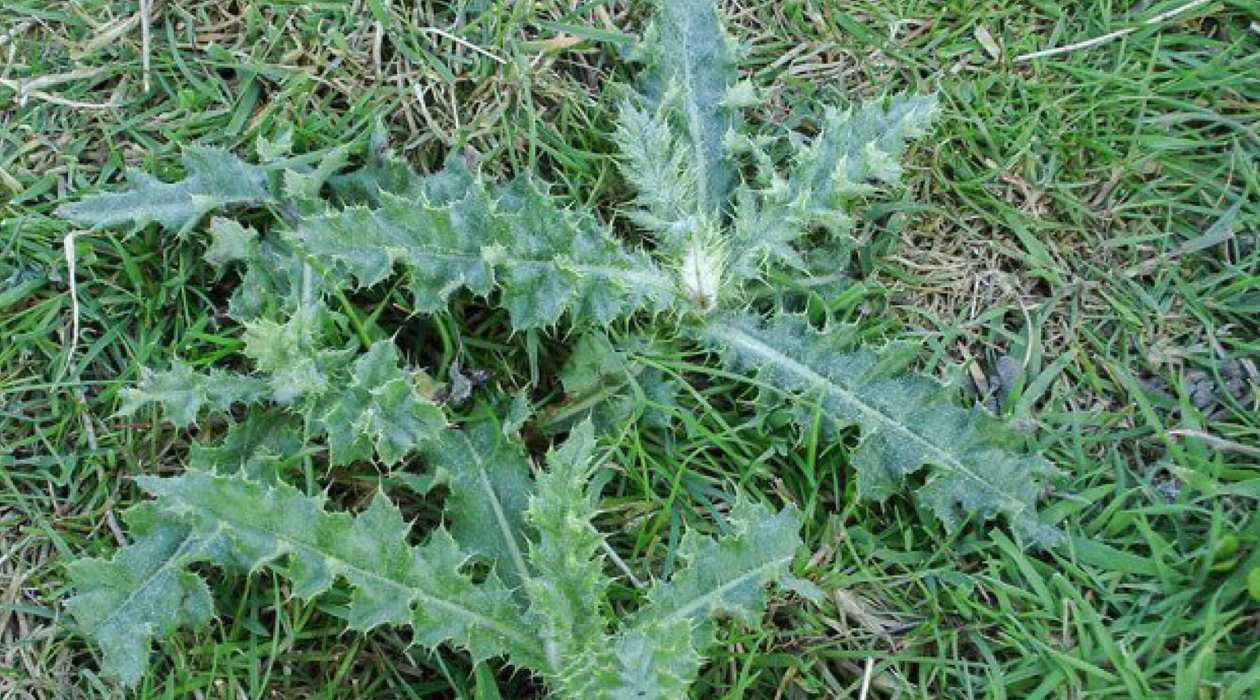
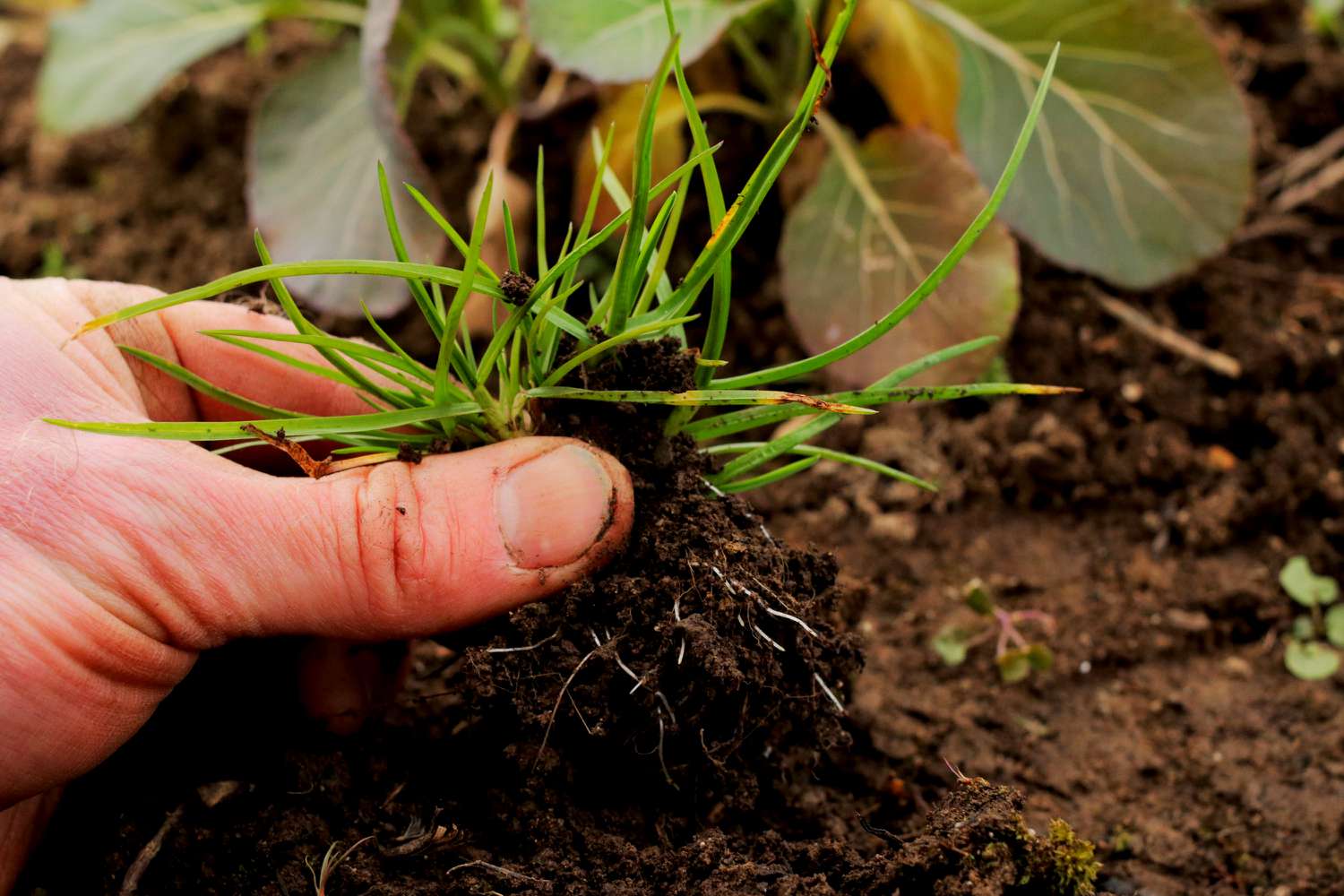
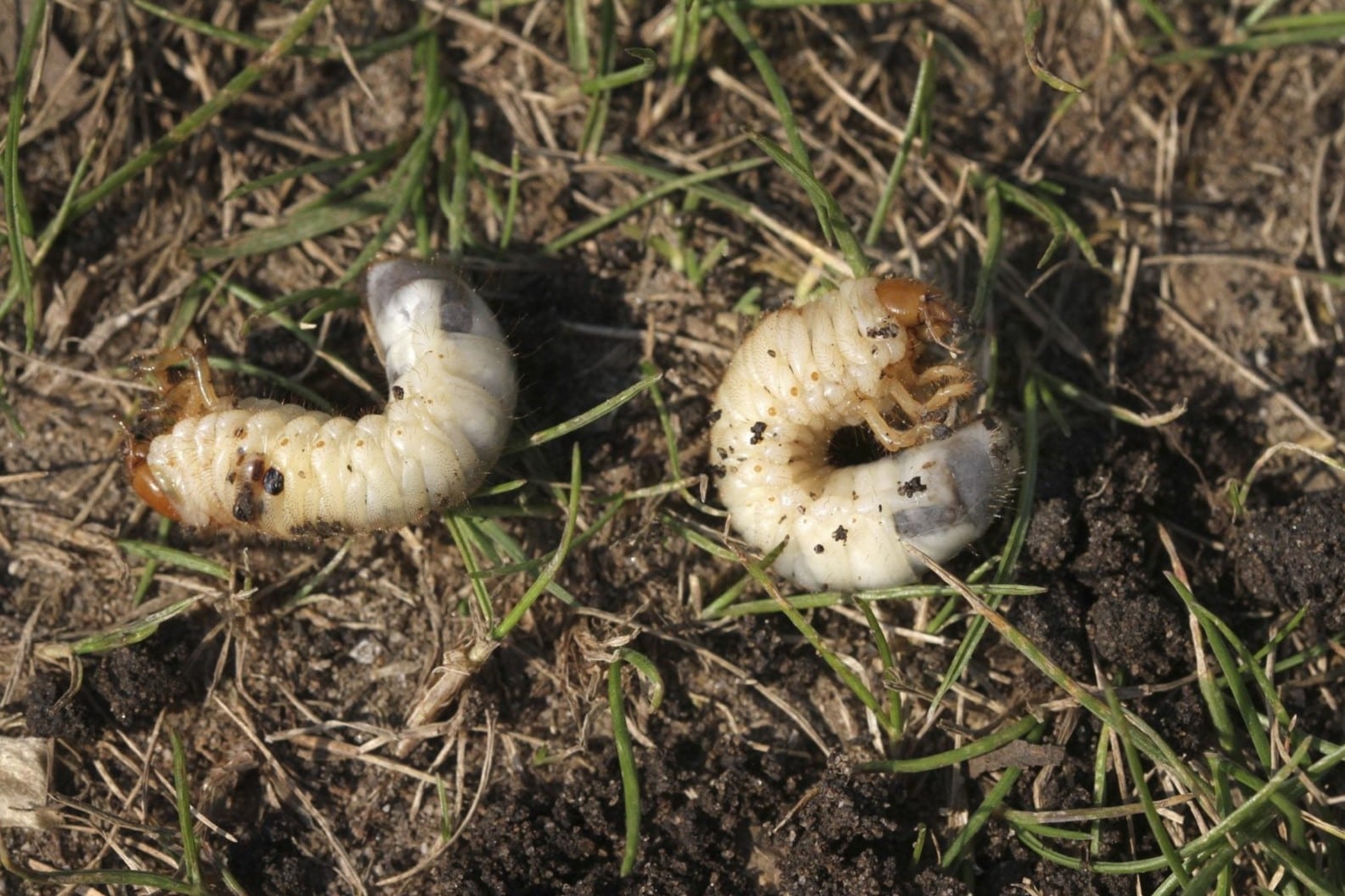
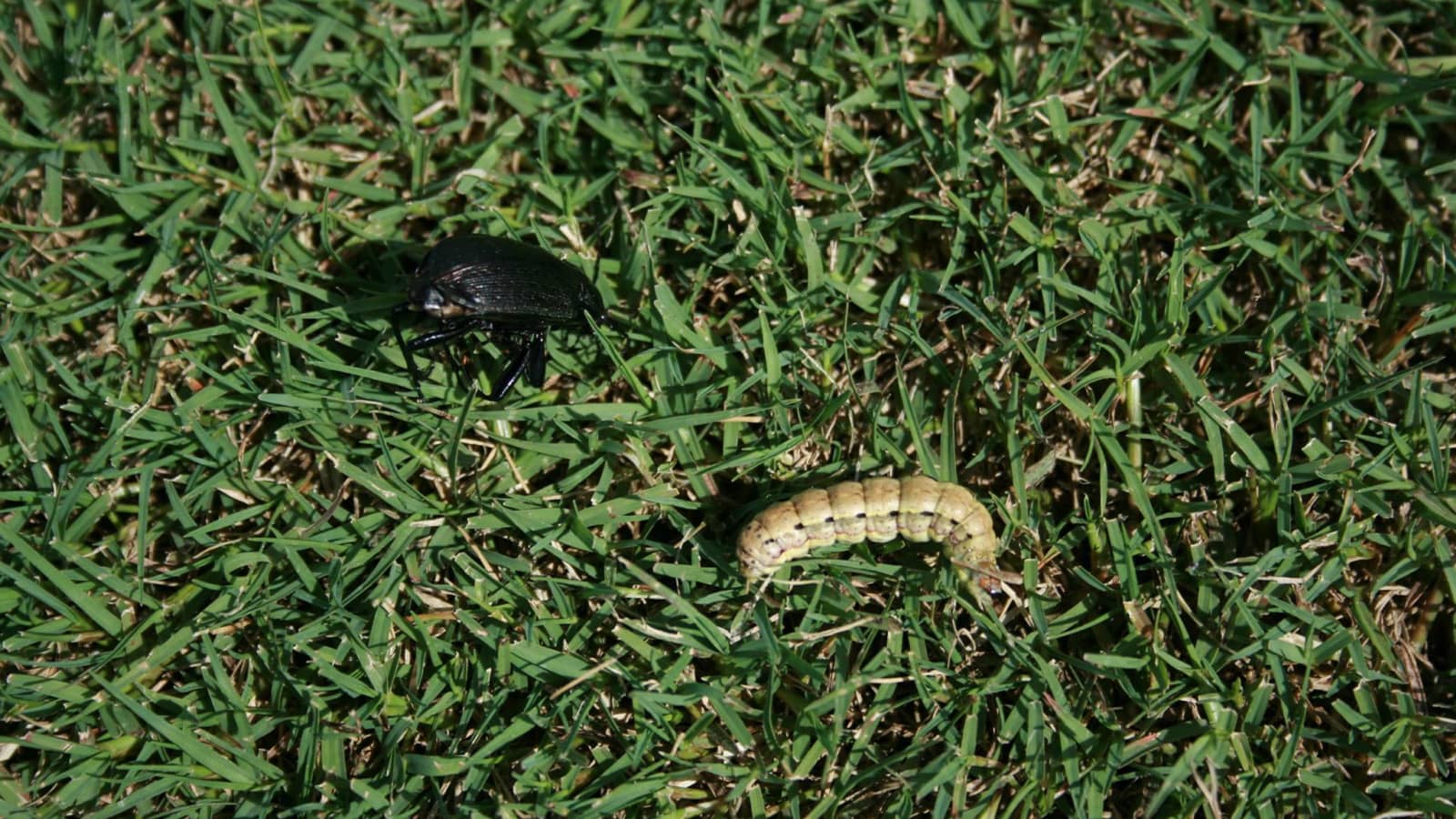
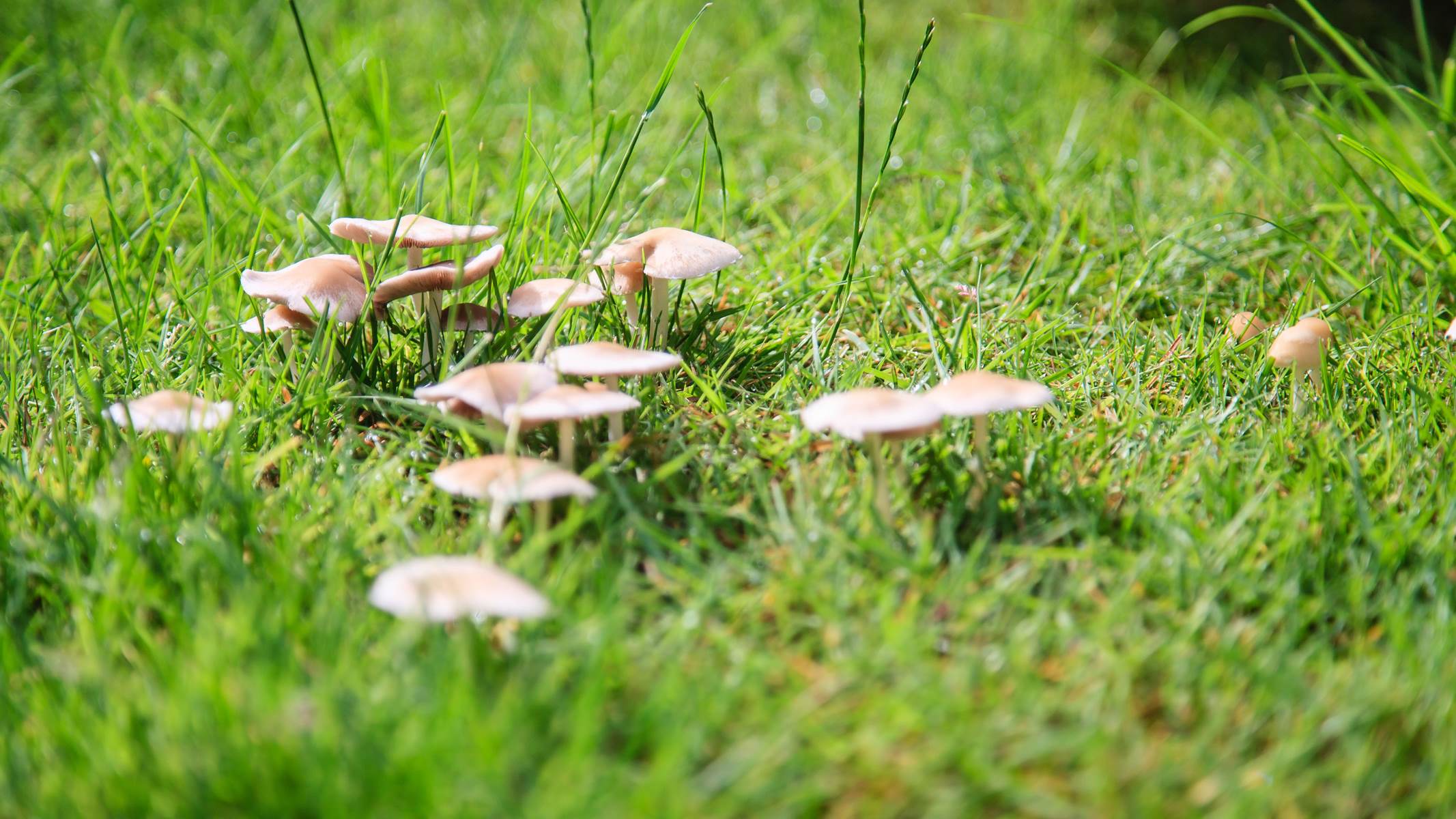
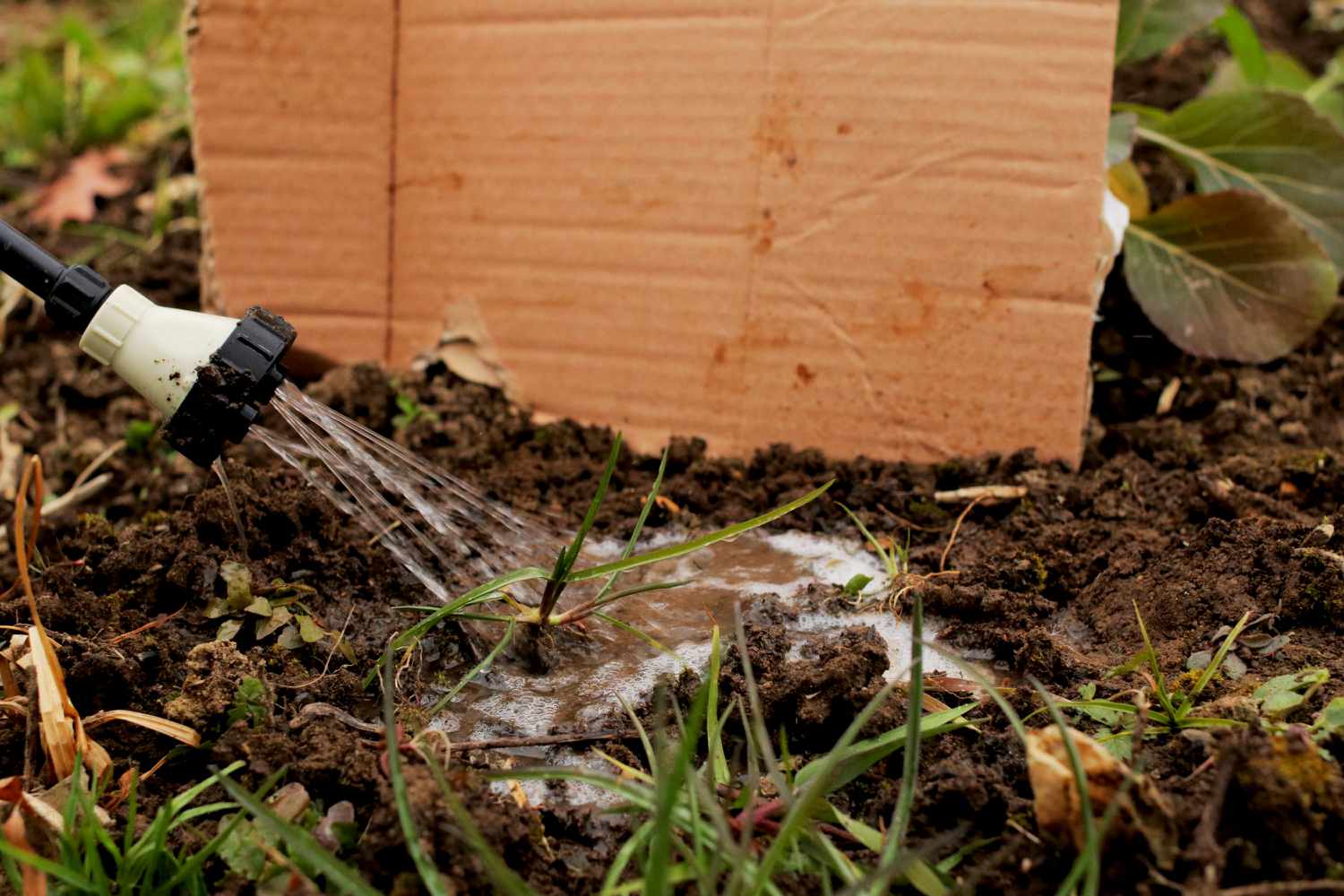
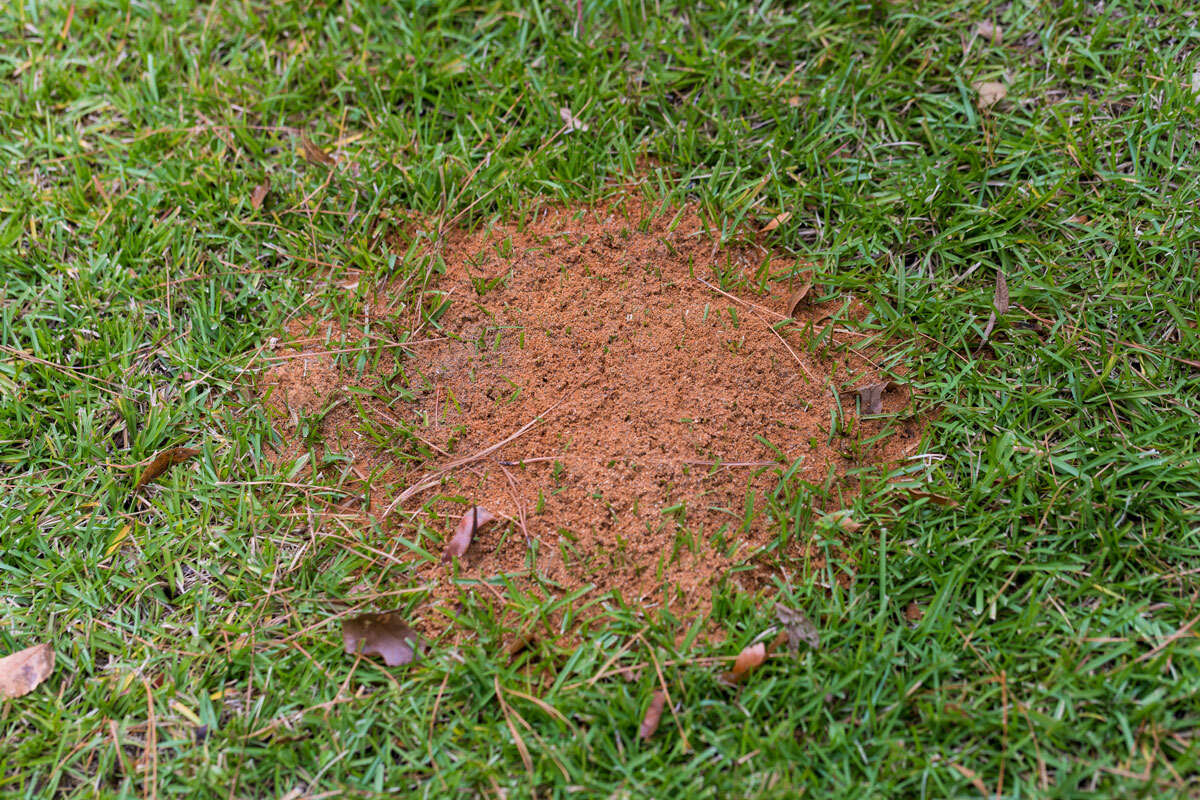


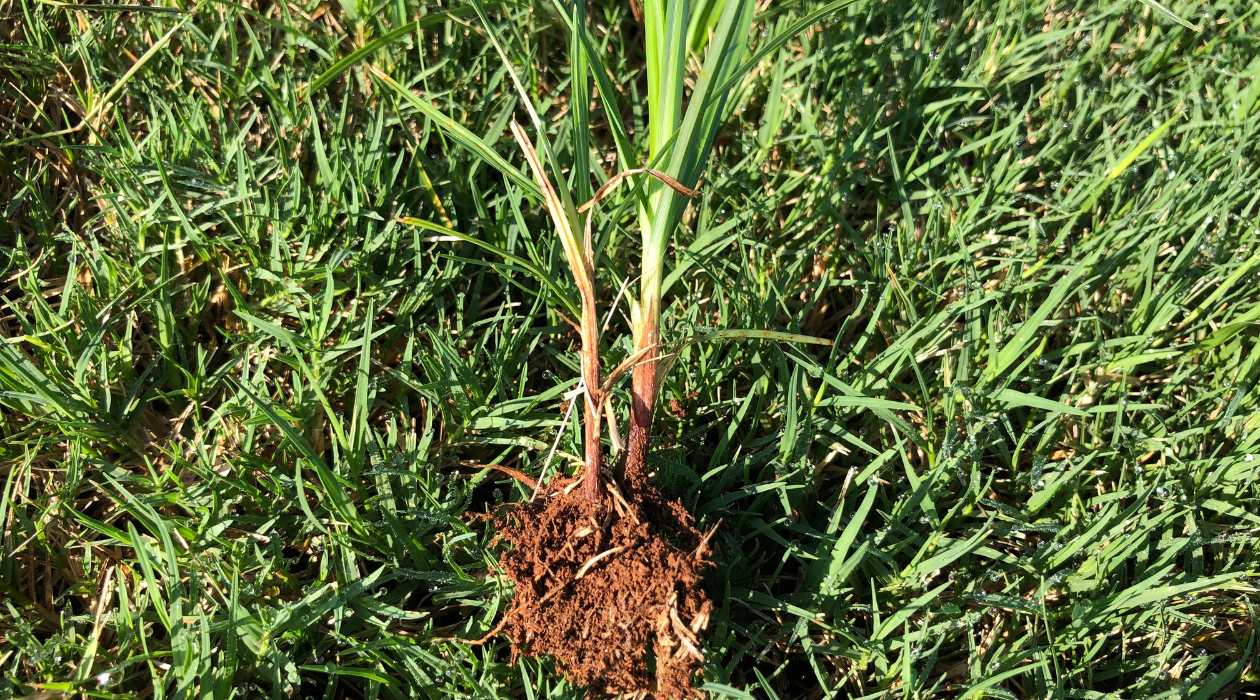
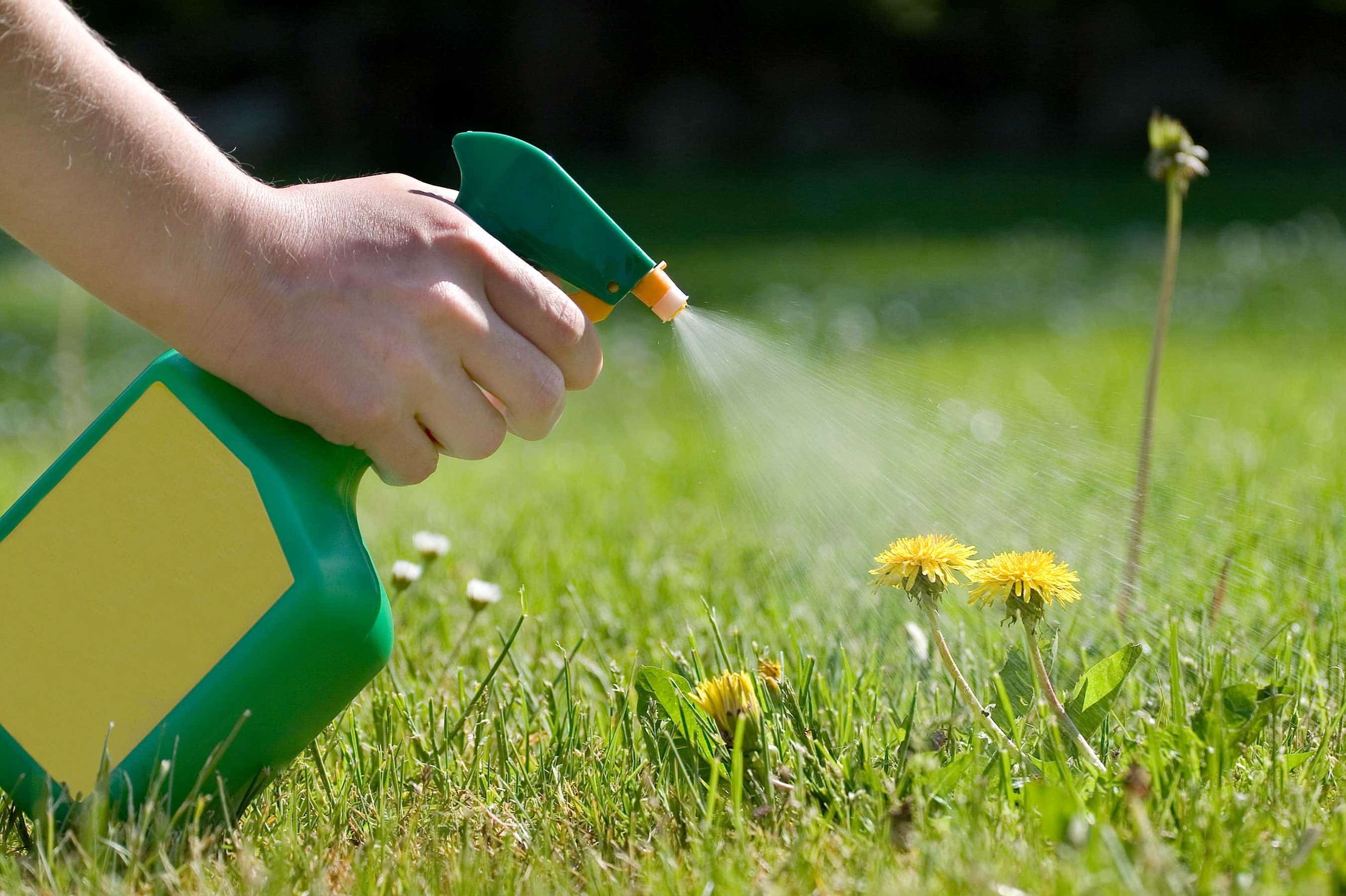
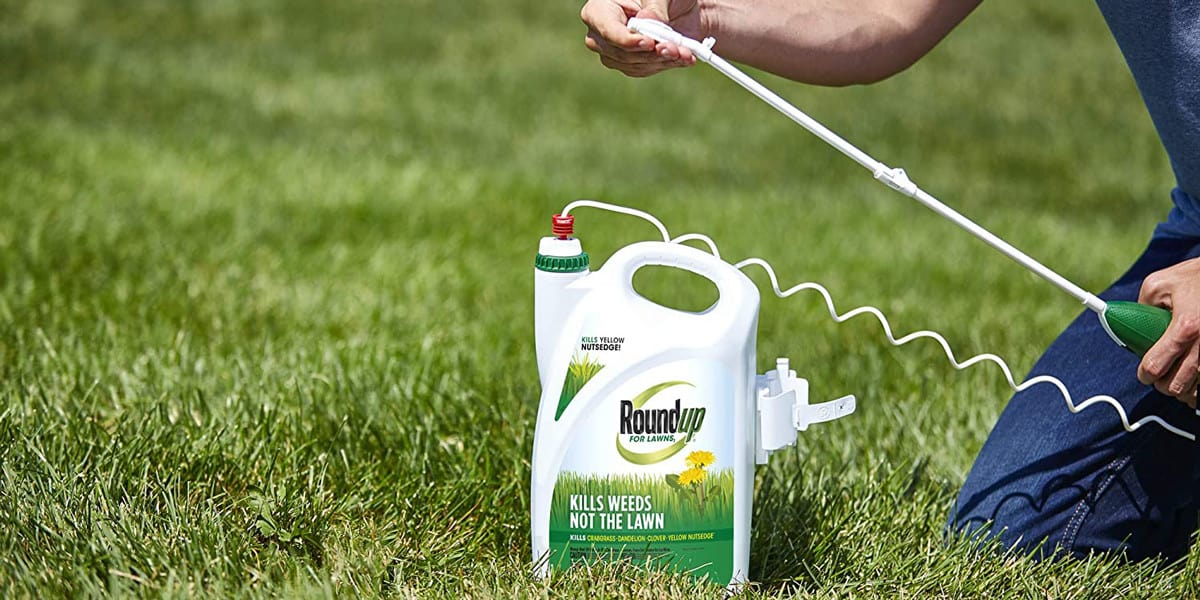

0 thoughts on “What Kills Torpedo Grass”